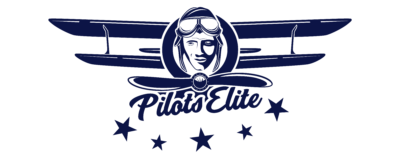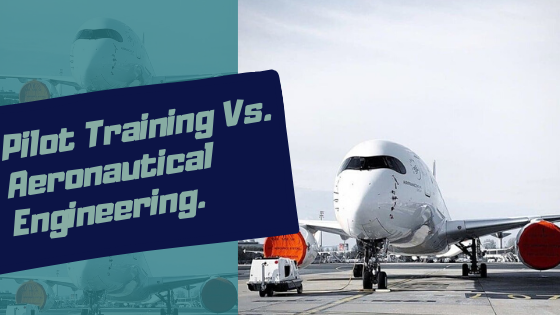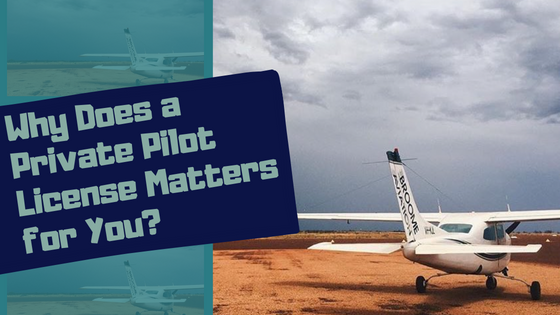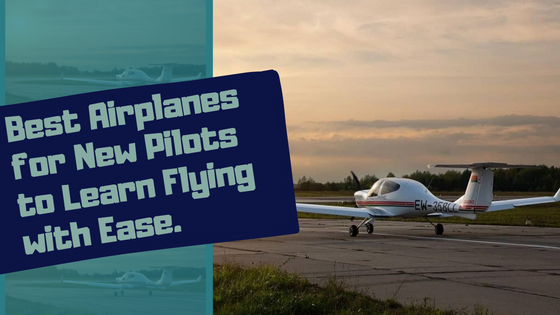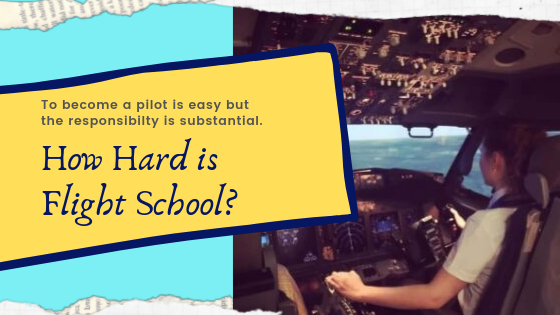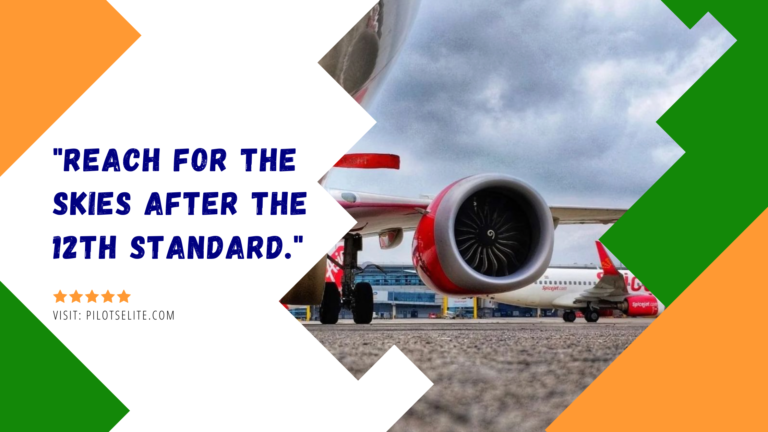Details of pilot training cost in USA & 6 clever ways to keep it low.
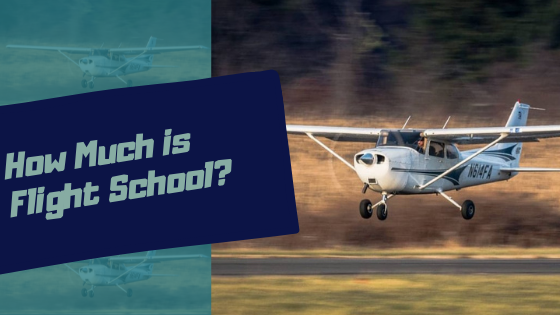
Flight schools can be expensive, and enrolling in a flight school without deep pockets can alter your pilot training costs. But does that mean flight schools are only for wealthy people?
Flight school administration can be cheeky and give you a professional pilot package cost that is expensive and full of materials you don’t understand. Hence, an individual without a deep pocket might give up their dreams.
My job here is to tell you ways to cheat flight school’s expensive cost and explain which licenses are critical for aspiring pilots.
I’ll also give you details about those supplementary fees you see in an American flight school’s invoice and don’t understand where your money would go.
This article is transcribed toward individuals who decided to enroll in a flight school to get a commercial pilot license. Therefore, I’ll explain the cost of getting a commercial pilot license here, which is the same as learning how much flight school is.
Flight school invoices can be deceptive if you’re ignorant about the things going on in general aviation. You can save a lot of money if you understand what goes into the process of acquiring a commercial pilot license from a PART 141 flight school.
Unaware of the process, you can quickly run out of budget and give up pilot training midway.
How much is the cost of getting a commercial pilot license in a flight school?
- The cost of getting a commercial pilot license from a flight school is 53,000 USD.
- The fee includes a Private Pilot License (15,000 USD);
- An Instrument Rating (13,000 USD);
- A Commercial pilot license (25,00 USD).
- This expense varies depending on the flight school and student potency. Allocating at least 57,000 USD to enroll in a USA flight school for a professional pilot course is wise because you have associated fees for pilot supplies and exams.
However, there is a nuance to the above-mentioned cost. Several factors would impact your flight school cost, and let’s dive in to clarify further.
- Getting a private pilot license and why may your expenses exceed your budget?;
- How much is the Instrument rating?;
- The cost of getting a commercial pilot license;
- The cost of a professional pilot program;
- Clever ways to keep flight school costs low.
A newbie may ask: Why do you need multiple licenses, and why not only get a commercial pilot license?
Obtaining a private pilot license and an instrument rating is essential to becoming a commercial pilot.
Thus, when a flight school quotes fees for the professional pilot training course, they mean the cost of all three licenses.
Getting a private pilot license and why may your expenses exceed your budget?
The FAA requires only 35 hours of flight training to issue a private pilot certificate.
A private pilot license is the most straightforward license for any pilot. A personal pilot’s license is like having a non-professional driver’s license.
You can be a pilot in command of an airplane but cannot accept payment for flying.
Though FAA requires only 35 hours of flight training to get a private pilot certificate, most student pilots fail to achieve this within 35 hours.
The national average hours of obtaining a private pilot certificate are 55 hours.
Thus, an average student logs 55 hours of flight training to get a private pilot license and the cost to practice flying for 55 hours in a single-engine airplane is approximately 15,000 USD.
What if you need more time to prepare for a private pilot certificate after 55 hours of flight training?
Then you’ve to fly extra hours of training and count extra money for the flight hours of practice.
The pilot training cost is proportional to the number of hours you fly.
Hence, it’s best to place effort into learning and do your best to save money.
Nevertheless, you might be different from other students and get your private pilot certificate in fewer hours. You would pay less than 15,000 USD to get your PPL.
However, it’s best to allocate an extra budget of 15,000 USD.
This 15,000 USD doesn’t include the books and other pilot essentials, such as a headset and pilot uniform.
If you’re in a flight school, you’ll spend at least a year in flight training. Therefore, purchasing your pilot headset is a wise option.
You need pilot uniforms and books for private pilot training. These are one-time expenses, and you may have to pay for these supplementary items only once until you finish flight school.
You need to allocate only 2000 USD for these supplementary items.
After this step, get your Instrument rating.
How much is the instrument rating?
The instrument rating is a critical phase of flight training, and student pilots find this training the most challenging. The instrument rating is essential to become a professional pilot and operating safe flights in weather conditions.
You will learn to fly using the aircraft’s instrument panel during instrument rating without outside visual references.
The total cost of flying for an instrument rating is roughly 13,000 USD.
You’ll train in an instrument-rated aircraft and simulators.
The 13,000 USD price tag includes 37 hours of actual flying, 40 hours of ground schooling, and simulator training sessions, depending on the school and the location.
But as I said, the instrument rating is challenging training. Pilots have to consume and apply considerable proficiency simultaneously.
There is often a chance to fail your instrument rating practical exam. So what happens when you fail an exam?
Failing an exam impacts your overall budget for flight school. Once you fail a knowledge test in FAA or your practical exam, you have to retake the exam, and the retaking exam means you’ve to pay for your exam fees again.
The exam fees are not included in your flight school cost. You have to bear the cost and consider it a separate charge for your pilot training.
You must study and prepare well to ensure you don’t fail an exam and not retake it. The same applies if you fail your private pilot license knowledge test and practical exam.
If you’re on a tight budget, focus on getting the most out of your time at flight school by studying and discussing aviation.
Assuming you acquired an instrument rating and private pilot license as planned and within budget, it’s time to build hours for your commercial pilot license application.
Before going on to the next step, let’s calculate how much you spent on flight school fees.
- Private pilot license = 15,000 USD
- Instrument Rating = 13,000 USD
- Pilot Supplies = 2,000 USD
- Private pilot license and instrument rating exam fees = 1,000 USD
Total fees are 31,000 USD, and now you have approximately 90 hours.
The cost of getting a commercial pilot license.
For a commercial pilot license in the USA, FAA requires the pilot to have 200“~250 hours of actual flying time.
Two hundred hours if you finish training from a PART 141 Structured flight school and 250 hours if you train in PART 61 modular school. Here we discuss the cost of a PART 141 school as most aspiring pilots enroll in PART 141 structured courses.
Let’s consider you have a private pilot license and an instrument rating with 100 hours logged.
Now you must acquire additional 100 hours to accumulate 200 hours and meet FAA requirements for a commercial pilot license application.
The estimated cost to fly and log additional 100 hours is 25,000 USD.
In a structured flight PARt 141 flight school, the 25,000 USD cost will include flight training and ground classes for a commercial pilot license.
Similarly, the flight school cost includes training and ground classes for each license and rating.
Finally, let’s list the total cost of getting a commercial pilot license with an instrument rating starting from zero hours.
- Private Pilot License (55 hours) = 15,000 USD
- Instrument rating (45 hours – Actual + Simulator) = 13,000 USD
- Commercial Pilot License (100 hours) = 25,000 USD
- Pilot supplies = 2,000 USD
- Exam fees for PPL, IR, and CPL = 1,500 USD
By now, you understand how much flight school costs and why it would cost more if you don’t put effort into your studies.
Similarly, having this information, you can discuss their pricing with the flight school.
But understand this every flight school in the USA has a different hourly rate for flight training, and the cost may vary. Nevertheless, the price will be similar to the above.
The cost of flight school also changes depending on global oil prices. If the oil price surges, the hourly rate of flight training will increase accordingly.
Before discussing flight school fees with any particular school, you must consider these factors.
Apart from all the flight school costs, you must consider how long pilot school is if you’re relocating to a different state for flight school.
How much is the cost of the professional pilot program in flight schools?
The cost I mentioned above is the approximate cost of a professional pilot program. The professional pilot program must include the following:
- A Private pilot license;
- An Instrument rating;
- A Commercial pilot license.
The rough estimate of 53,000 USD must also include all the flight instructor fees and the ground schooling fees. With an additional 4,000 USD, you can pay for your medical certificate, books and pilot essentials, exam fees, and checkride.
Some flight school asks to pay extra for ground school, but it’s always included in the professional pilot package.
Flight schools sometimes oversell materials to make a profit. However, in most flight schools, the entire cost will be close to the expenses I detailed here.
6 Clever ways to keep flight school costs low.
As a newbie in the aviation industry, you need to learn that if you’re unaware of the things going on in general aviation, you might spend more than your budget to get all the licenses.
Flight schools can trick you into paying more than you have to.
Getting a commercial pilot license doesn’t have to be expensive. Flight schools can be bold in asking more, and you can be clever to save money during pilot training.
What are the clever ways to keep flight school costs low?
- Prepare before flight training: The significance of learning theory;
- Practice in a sim. (It doesn’t have to be an expensive flight simulator);
- Fly frequently: At least three flights a week;
- Participate in the pilot community: Facebook groups or communicate with fellow student pilots and CFIs at your flight school;
- Buy your aircraft: Requires initial investment but saves money in the long run;
- Practice things without turning on the engine by imitating an actual flight.
Let’s discuss how you apply it in a real-life scenario.
Prepare before flight training: The significance of learning theory.
You have ground classes before you begin flight training. Many students think ground school classes are adequate.
However, studying at home and preparing before each flight is crucial.
Studying and learning theory before going on a flight is significant.
Flight training combines learning maneuvering skills and applying theory in a practical scenario. Thus if you have fundamental knowledge instilled in your brain, you can quickly grasp the materials you practice in flight training.
As a result, you won’t have to repeat the same lessons on multiple flights. Consequently, you can be proficient in actual flying quicker than many others and save money.
If you prepare well before every flight using a free flight training syllabus, you’ll feel a noticeable difference in the actual flight.
Practice in a sim. (It doesn’t have to be an expensive flight simulator.)
As you read books to acquire facts, you use a simulator to develop the feeling of operating an aircraft without burning fuel.
The simulator can be a Redbird simulator at your flight school. Renting a simulator is a lot cheaper than renting an actual aircraft.
However, the feeling of flying an actual airplane is always different from practicing in a simulator.
However, practicing in a simulator improves your responses to different flight aspects and familiarizes you with aircraft operations in real-life settings.
You can practice emergencies in a simulator flying in harsh weather conditions.
This way, you’ll learn what to expect in actual flight training and understand fundamental flight operations with spending less time in the air.
If you can’t afford to spend hours in an FAA-approved simulator, you can create your simulator at home using a Desktop PC, Xbox, and a Flight simulator game.
The setup doesn’t have to be expensive as long as you’re comfortable.
You can lower the cost of flight training drastically if you’re wise and combine materials to practice at home beforehand.
Fly frequently: At least three flights a week.
Flying more often is essential to continue learning and progress while remembering the previous flight assignments on your next flight.
Many student pilots need help to apply the lessons learned in previous flights because there is a long interval between each flight.
If you continue to train by taking long pauses between flights, you must repeat similar lessons multiple times.
As a result, you spend more hours in the air and more money renting the aircraft for the same tasks.
Thus talk to your flight school dispatcher and request to schedule flights for you more often as you’re a full-time student in a PART 141 flight school.
Changing flight school is an option if your flight school has difficulty scheduling flights due to an insufficient fleet.
Enroll in a flight school that has a balanced aircraft-to-student ratio.
Participate in the pilot community: Facebook groups or communicate with fellow student pilots and CFIs at your flight school.
Learn from those who have already been in the industry for a while.
To be a competent pilot, spend more time with other student pilots, discuss your flight lessons and assess your progress. CFIs can help you point out your mistakes and suggest what to study to become your best at flights.
Participating in Facebook pilot communities and learning from other pilots’ mistakes can prevent you from committing similar errors during your flight training.
Doing so would allow you to progress in your flight school quicker than many student pilots.
Buy your aircraft: Requires initial investment but saves money in the long run.
The idea is controversial because not everyone can afford an aircraft. However, kindly do so if you can afford one before you begin flight training.
Having your aircraft allows you to fly at your own pace and more frequently.
Having your aircraft, you can immediately schedule as long as you have a private pilot license to fly it.
You can quickly build flight hours for your commercial pilot license.
As you own the aircraft, you don’t have to pay for the rental of the plane to flight school. All you’ve to pay is for the fuel, and you’re good to go.
But airplanes are costly and require maintenance. However, you don’t have to buy a pricey brand-new aircraft for your flight training.
For a reasonable price, you can find plenty of well-maintained used aircraft.
Does that mean you will sell the aircraft once you finish flight school? If you want to, you can do so.
Intelligent pilots who can afford an aircraft cut a deal with their flight school to lease the plane once they complete their commercial pilot license training.
By doing so, you can squeeze the most out of your investment in an airplane. You can complete your pilot training quickly yet at your convenient time and earn money by renting out the aircraft.
Even if you can’t purchase an aircraft right now, keep this idea in mind: Owning a plane saves money, and leasing it out makes money.
Practice things without turning on the engine by imitating an actual flight.
You can practice things on the ground inside the cockpit of your aircraft.
For say you own your airplane. You can get into the cockpit and simulate tasks to get used to it. By doing so, you will develop a quick response to tasks in actual flight and advance in flight school faster.
RESOURCES:
- How to afford flight school?;
- Best headsets for student pilots;
- How long is pilot school?;
- Best airplanes to learn flying quickly and easy training sessions;
- Best iPads for student pilots;
- Why is pilot training so expensive?;
- Duration to become an airline pilot;
- Is it hard to become a pilot?
Image Source: ggut24 via Instagram.
